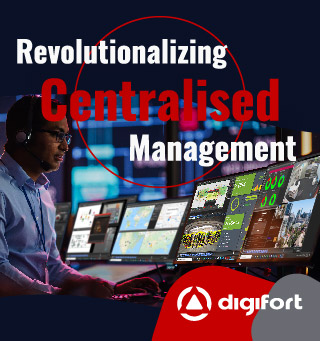14 Feb 2025
A survey of UK and US consumers found that most supplement users are willing to let AI make decisions on their behalf, but they also demand greater transparency.

Ingredient Communications, a UK communications consultancy specialising in the B2B ingredient sector, examined attitudes toward using artificial intelligence (AI) in the food industry in October 2024 through a survey of 1,040 consumers in the UK and the US.
“We’re in the early stages of the AI revolution, but it’s clear food and beverage companies are enthusiastic about its potential,” Richard Clarke, managing director of Ingredients Communications told Ingredients Network.
“This is understandable, of course, but I would also urge them to think about consumers and to make sure they bring them along on this journey,” added Clarke. “We’ve seen in other sectors, principally arts and culture, that there has been quite a strong public backlash against AI,” said Clarke. “We’re also seeing some questions about how big AI platforms handle data.”
Supplements users: A captive market?
The survey shows that respondents who take supplements are much more supportive of AI than non-supplement users. More than half (55%) of supplement users said they felt positively about AI in the food industry compared with 30% of non-supplement users.
While the research team determined that more research would be needed to reveal why this is the case, they have some early indications of the driving forces behind trust levels in AI.
“We can speculate that the profile of a typical supplement user is more likely to embrace scientific and technological innovation if it enhances their well-being or gives them an edge in physical and mental performance,” said Clarke.
Ingredient Communications defined supplement users as respondents who had used a supplement within the past three months. In SurveyGoo’s survey, almost two-thirds (64%) of supplement users agreed that AI was generally positive for humanity, compared with 40% of non-supplement users.
In addition, supplement users in the survey were more likely to be willing to allow AI to make decisions on their behalf. Using AI to understand more about their personalised dietary needs wins appeal with consumers, suggesting it has growth opportunities in future applications.
Almost two-thirds (62%) of consumers stated they would be prepared to let the technology analyse their genetic make-up and dietary needs to make personalised nutrition recommendations. Only one in three non-supplement users felt the same way.
Furthermore, 59% of supplement users agreed that AI could be trusted to make decisions about their diet and nutrition that were in their best interests. Only 28% of non-supplement users agreed with this sentiment.
Consumers demand transparency
The research findings indicate that supplement users still expect transparency around the use of AI in the F&B sector. “This might be because they tend to be an engaged and knowledgeable consumer demographic that accepts no compromises regarding safety and regulation,” said Clarke.
When asked if products made with AI help need to declare this fact on the packaging labels, 87% of supplement users confirmed they wanted this, compared with 79% of non-supplement users.
More than two-thirds (68%) of supplement users agreed that a product made with the help of AI should not be described as ‘natural’ versus 62% of non-supplement users that adopt this stance.
“Consumers are generally quite risk-averse when it comes to what they eat,” said Clarke. “Thirty years ago, genetic modification (GM) became a bogeyman, largely thanks to the way the mainstream media reported it,” said Clarke.
“Of course, it was sensible to be cautious, but there were also a lot of misunderstandings about GM foods which, effectively, killed them off as a concept, in Europe at least,” said Clarke. “Whether the reports about GM were true or not, consumers didn’t want to take the risk,” added Clarke.
Now, there’s a focus on the broader AI landscape to ensure it does not experience a similar fate. “To avoid something similar happening with AI, F&B companies should be open and transparent about how they use it and how it can benefit consumers,” Clarke said.
Communication is key
With the F&B sector’s expansive and eclectic range of segments, launches, innovations, and participants in the value chain, brands and manufacturers may wonder whether AI or its elements could gain the favour of some consumers more than others.
“Consumers don’t know nearly enough about AI and how it’s used in the food and beverage industry to form an educated option on whether to trust it,” said Clarke. “This leaves them vulnerable to misinformation, so it should be a priority to communicate how AI is being used and how it benefits them,” added Clarke.
With AI gathering pace in food and beverage market research, product development, and operational efficiency, companies may be looking to see what relevant trends emerge in 2025 to tackle these sentiments around trust and AI. That development may stagnate this year.
“I don’t expect to see food and beverage companies addressing consumer sentiment about AI this year,” said Clarke. “They are still busy working out ways to apply AI to their business processes,” Clarke added.
There is still considerable interest in AI, prompting questions over how it will develop. “At some point in the future, I expect a more widespread backlash against AI as a concept,” said Clarke. “This is why it’s important to bring consumers along on the journey now and not wait until there’s a crisis and it’s too late,” Clarke added.

















